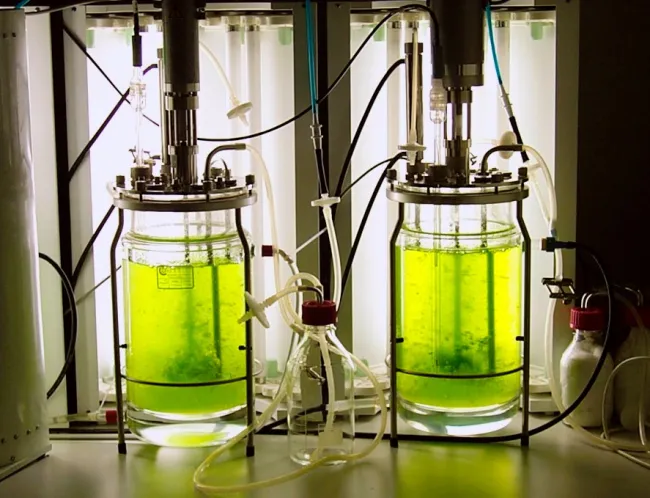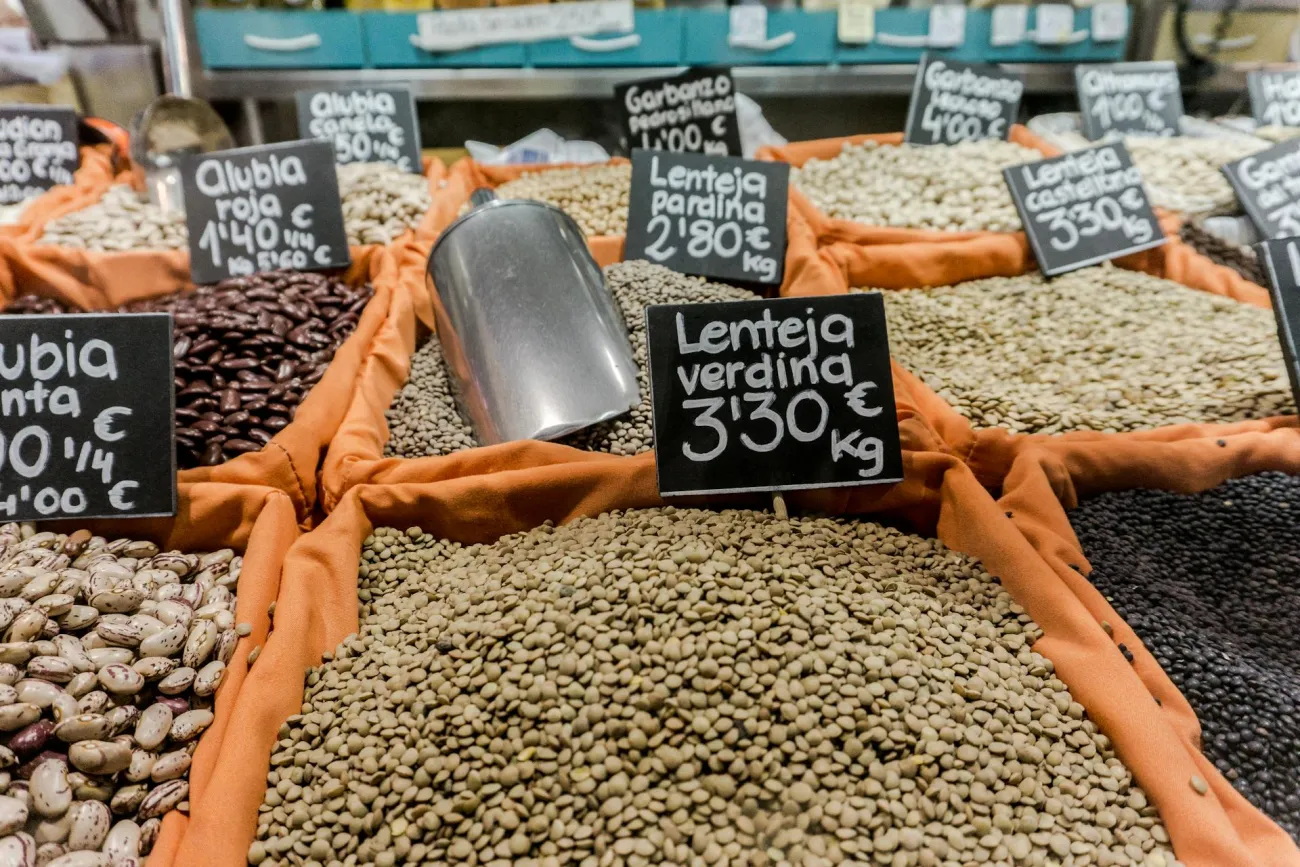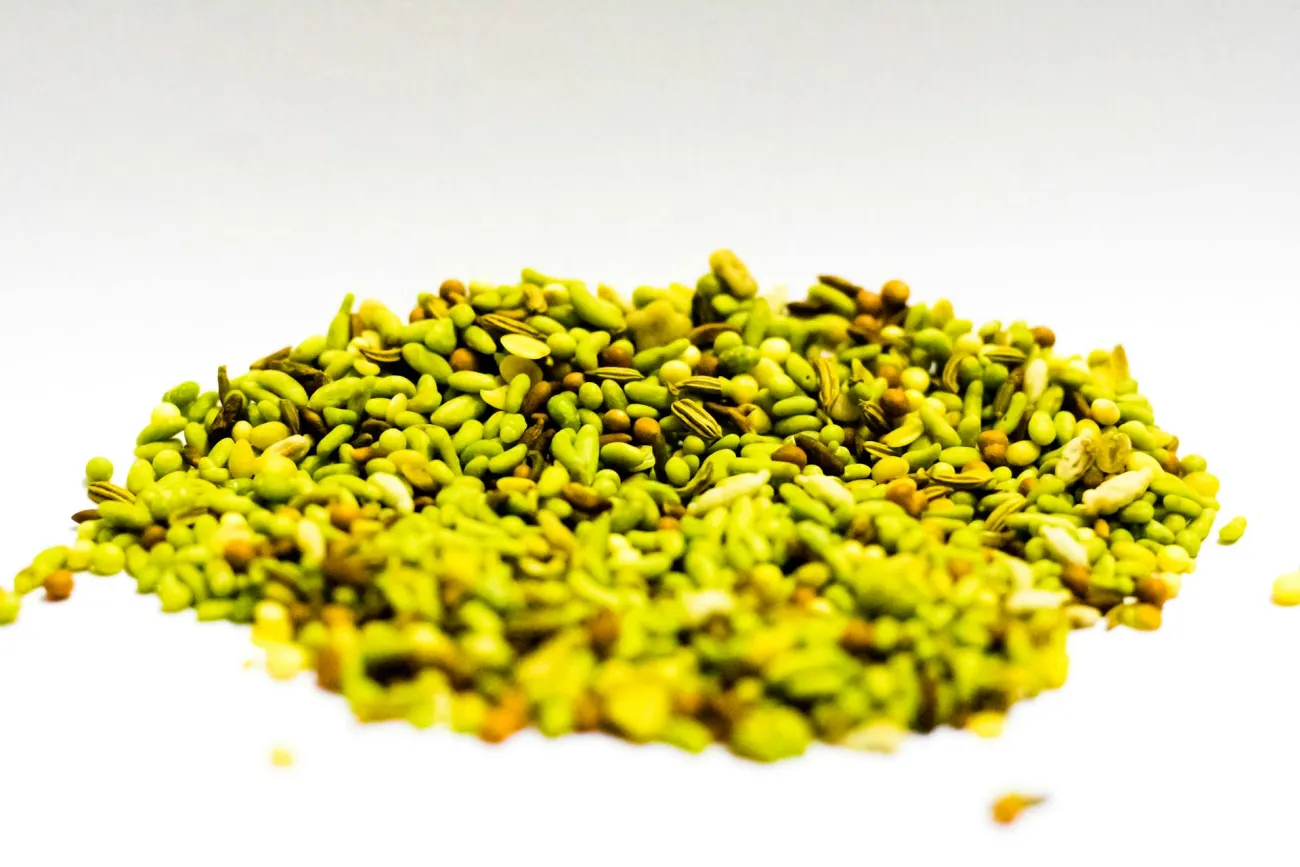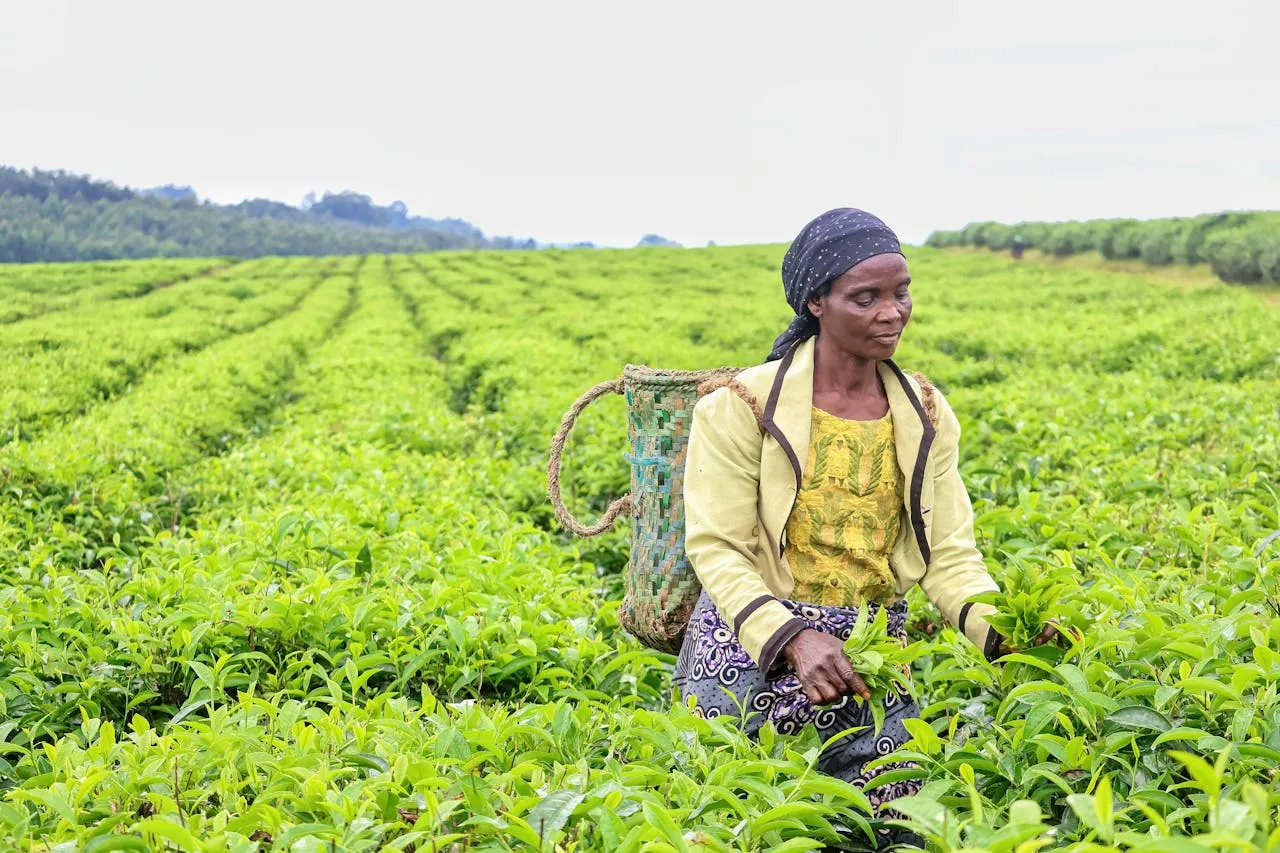This opinion article suggests that microbial biomass from bacteria, yeasts, or fungi could be used as human food and animal feed, with the advantage of using less land compared to conventional crop production, particularly if feedstocks were derived directly from atmospheric carbon dioxide.

Some microorganisms can capture carbon directly from the atmosphere through photosynthesis, but others need to consume an organic feedstock such as methane, methanol or formic acid.
The paper makes a rough estimate that producing bacterial biomass (using methanol derived from the atmosphere as a feedstock, with the process powered by geothermal energy) would use only 0.06% of the land that it would take to produce the same weight of soybeans.
The paper notes that this estimate might change depending on the energy source and its own land use footprint.
Reference
Linder, T., 2019. Edible microorganisms–an overlooked technology option to counteract agricultural expansion. Frontiers in Sustainable Food Systems, 3, p.32.
Read the full paper here. See also the Foodsource building block What is land use and land use change?




Comments (0)